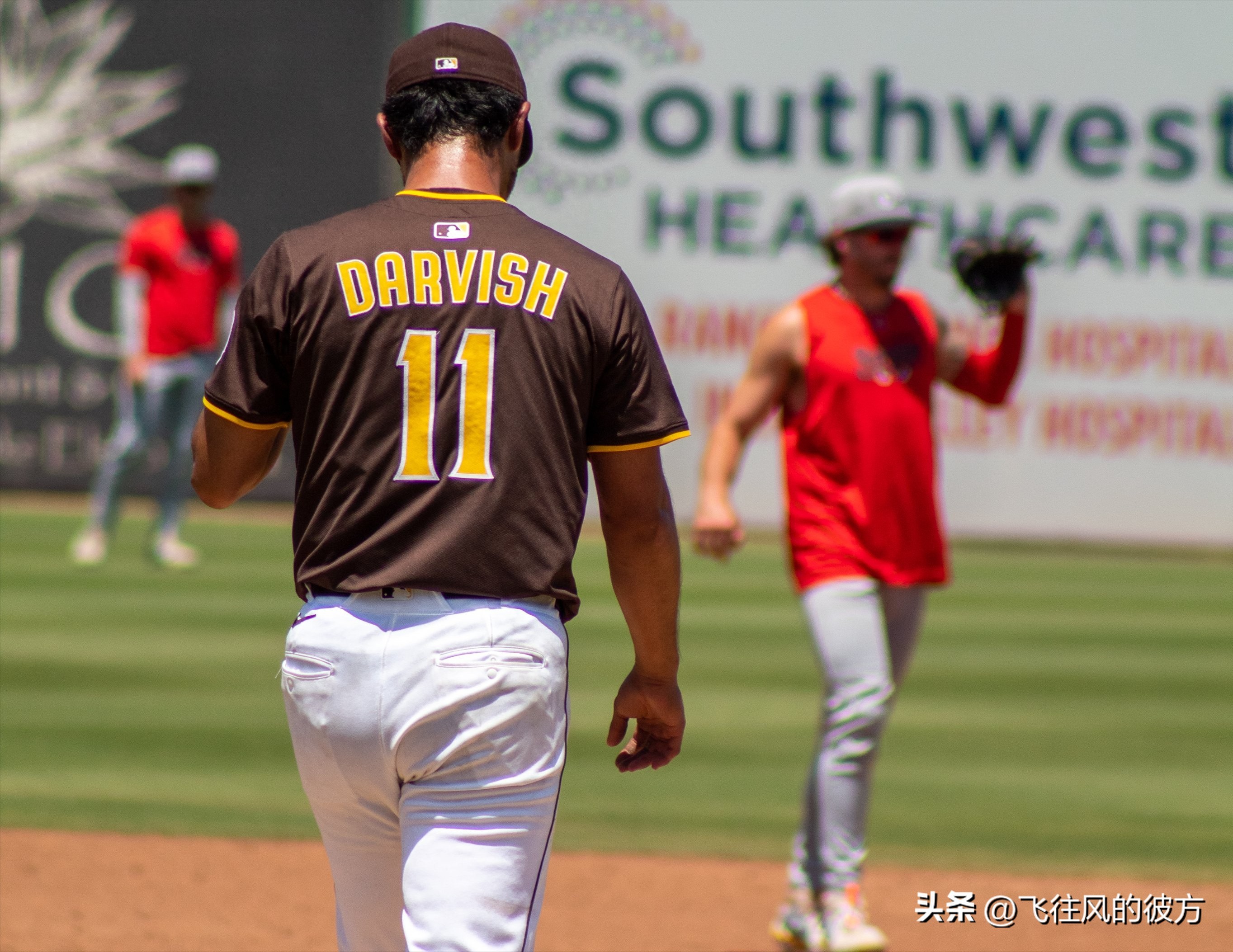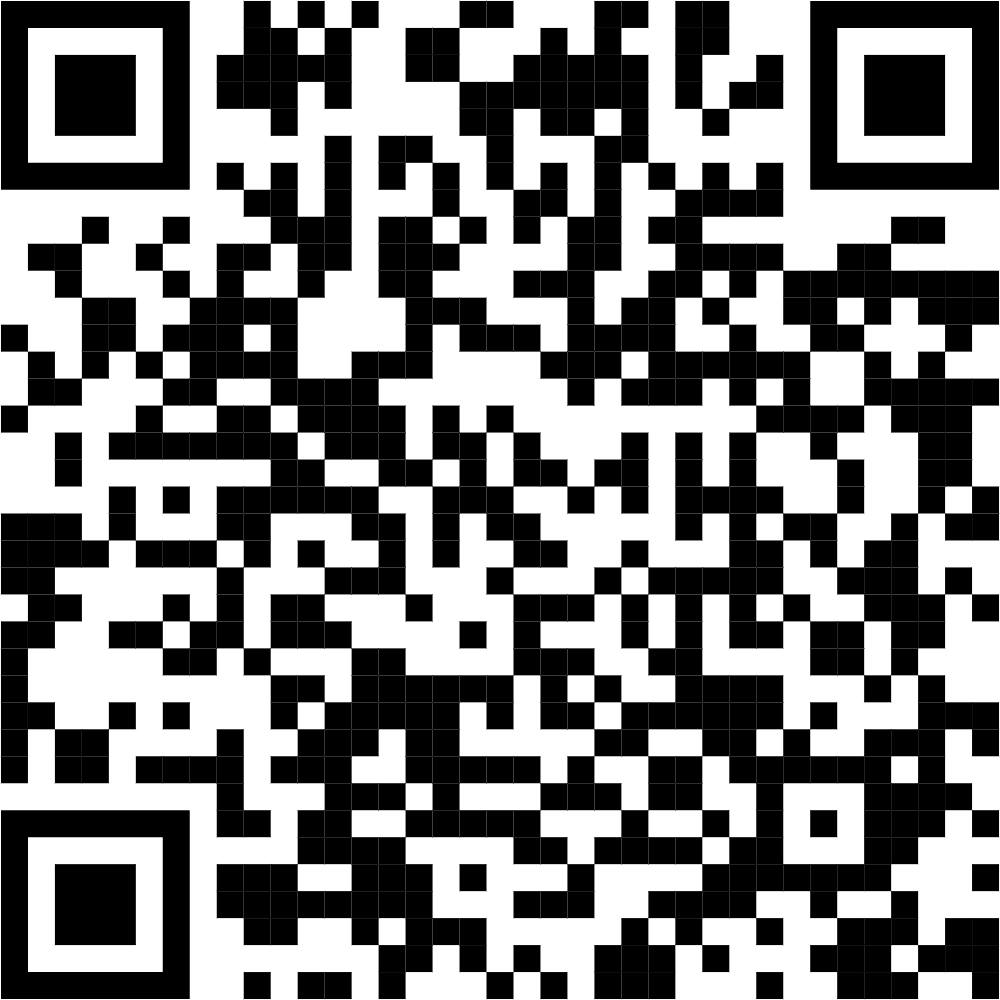Darvish is "close to returning," but the Padres' starting rotation issues persist.

At the Padres' affiliate location in Lake Elsinore, roughly 75 miles north of San Diego, Darvish took on Single-A hitters in a simulated game. He threw four innings using 64 pitches. This is the third occasion Darvish has faced batters in a game-like environment during his ongoing recovery from a right elbow injury.
What are the next steps? The Padres have not provided any details. As with all aspects of his recovery, everything depends entirely on how his body responds. If progress goes well, the setting and opponents could soon change—potentially facing major league hitters at Petco Park.
The Padres need him.
After losing 0-4 to the Phillies in Philadelphia yesterday, the Padres finished June with a 13-15 record, marking their first losing month of the season. The struggles are not due to the pitching staff. Their main deficiency is offensive production. (Facing Phillies ace Zack Wheeler explains some of it, but the Padres' .679 OPS in June ranked 25th in the majors.)
However, this is another issue. The Padres' starting rotation is showing cracks: Michael King remains sidelined due to a right shoulder/brachial plexus injury. His recovery is slow, and no return date is set.
This puts the back end of the rotation in question. Matt Waldron and his knuckleball made a return to the major league mound yesterday. He missed the first two months of the season due to a left oblique strain and was later optioned to Triple-A.
In his season debut, Waldron heavily relied on his knuckleball, throwing it 74% of the time—more than in any previous major league start. Before the season, Waldron had expressed a desire to increase the usage of this pitch, and he delivered on that promise.
The results were mixed: Waldron mostly limited hard contact but struggled with control of the knuckleball, issuing six walks. He finished with 4.2 innings pitched and allowed four runs.
"I can't just limit damage and walk everyone," Waldron said. "It's very frustrating. I think I gave the team a chance to win in some ways, but at the end of the day... I can't be handing out that many walks. That's not good enough."
Whether Waldron will get another chance to adjust is still uncertain. The Padres have a scheduled off day on Thursday, and if Darvish is ready, the rotation could be adjusted for his next start.
But the Padres are cautious with every step of Darvish's recovery. Since experiencing right elbow inflammation in mid-spring training, he has yet to pitch this season. His comeback in May was immediate, but Darvish encountered setbacks during rehab games.
At this stage, it is unlikely Darvish will participate in more rehab games. Both he and the Padres prefer a controlled simulated game environment to monitor workload. He may need one more simulated game or could be ready to return.
After finishing the series in Philadelphia, the Padres will have ten home games before the All-Star break. This could be an ideal opportunity for Darvish to gradually rejoin the rotation, especially with built-in rest periods following.
To reiterate: this depends on Darvish's elbow condition. Meanwhile, Waldron has taken over Ryan Bergert's spot—Bergert suffered a right forearm contusion last week after being hit by a line drive and is currently doing throwing exercises. He is expected to return after completing the minimum 15-day injured list stint in early July.
This might force the Padres into a decision: Nick Pivetta, Dylan Cease, and Randy Vásquez have been starters all season; Stephen Kolek appears to have secured a rotation spot with his recent performances. Only one spot remains open.
"The situation is always fluid," Shildt said. "Kolek has taken over pitching duties and performed excellently without yielding his spot. Bergert was close to that before his injury. But we do have Darvish—he is nearing a return."


Wonderfulshortvideo
why is this so satisfying?


Hyeseong Kim, human highlight reel!


Shohei Ohtani's 102 mph pitch is the fastest by a Dodger this season. 😳


JUST IN: Ronald Acuña Jr. announces he is the first @T-Mobile


One Piece x Dodgers, the collab we never knew we needed. 😍


There’s a new team atop the AL East standings 👀


Shohei starts the game with a homer!







 Links
Links
 Contact
Contact
 App
App


